Inverter Overheating Crisis: How to Protect Your Equipment through Effective Heat Dissipation
As the demand for efficient energy solutions increases, inverter overheating has become a critical concern for many users of household energy storage systems. An inverter is essential for converting DC power to AC power, allowing homeowners to use energy from solar panels or battery storage effectively. However, when an inverter overheats, it can lead to equipment failure, decreased performance, and potential safety hazards. In this article, we will explore the causes of inverter overheating and effective strategies for heat dissipation to protect your equipment.
Understanding Inverter Overheating
Inverters can overheat for several reasons, including excessive load, inadequate ventilation, and poor environmental conditions. If the inverter is too hot and exceeds its temperature tolerance, it will automatically shut down to prevent itself from breaking down. So, early detection of signs of overheating can reduce the risk of problems and allow the energy storage system at home to last longer.
Common Causes of Inverter Overheating
Excessive Load:If the inverter is used too aggressively and exceeds its capacity, it is easy to overheat. So, when using an inverter, everyone should be careful not to let it do too much work, it must be within its capacity range.
Poor Ventilation: When the inverter is working, it will generate heat. If the surrounding air is not well ventilated and the heat cannot be dissipated, it is easy to burn too hot. So when installing the inverter, you need to choose the right place and ensure good air circulation.
Ambient Temperature: If the surrounding temperature is too high, the inverter is prone to overheating. Especially when placed in high temperature environments or direct sunlight, inverters are more prone to problems.
Dust and Debris: Dust and debris can block ventilation openings and fans, affecting air circulation. Regular cleaning is the key to maintaining the normal operation of equipment.
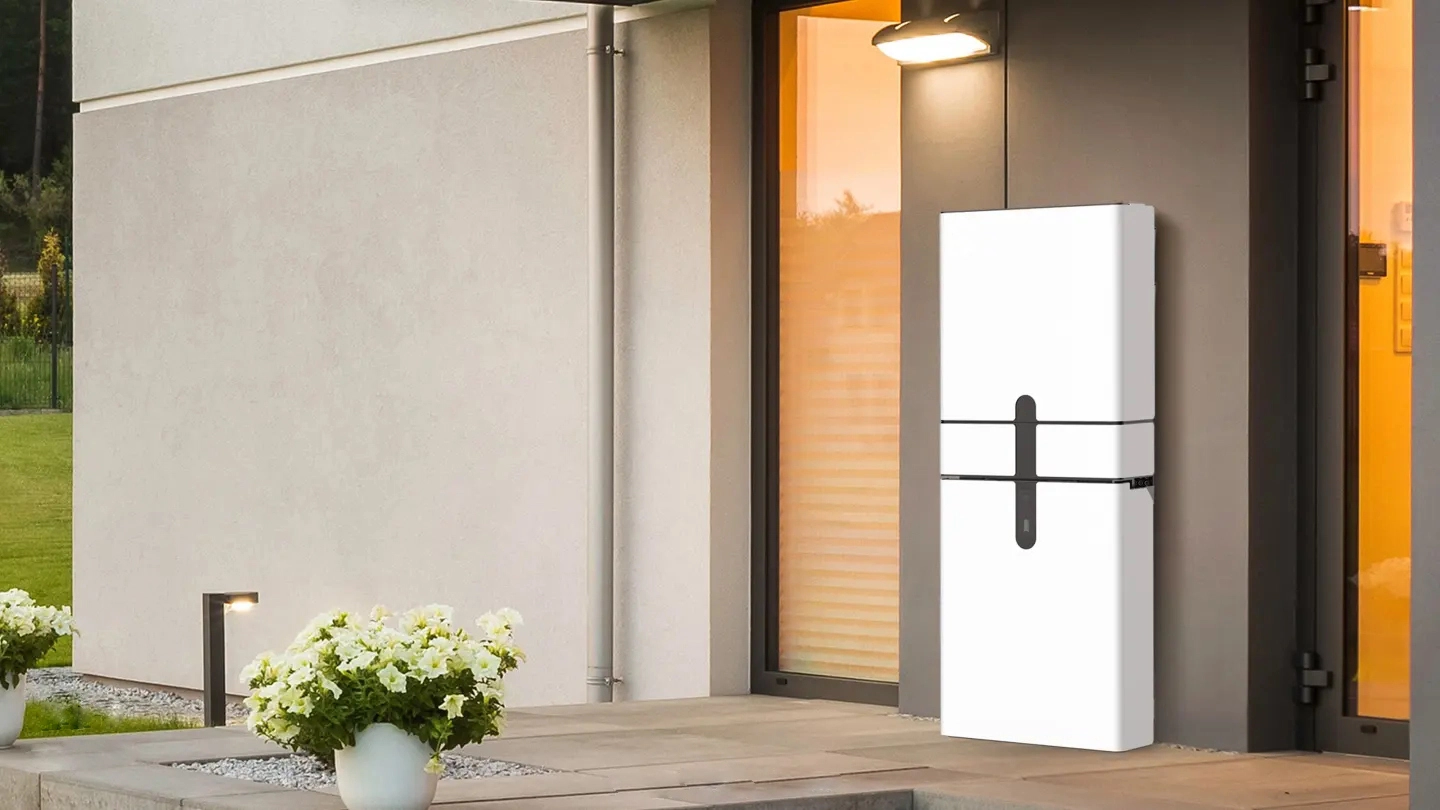
Effective Strategies for Heat Dissipation
Optimal Placement: Install the inverter in a cool, shaded location to minimize exposure to high temperatures. Ensure that there is enough space around the unit for air circulation.
Ventilation Systems: Incorporate fans or additional ventilation systems to enhance airflow around the inverter. Using active cooling methods can significantly reduce operating temperatures.
Heat Sinks: Utilizing heat sinks can help dissipate heat away from the inverter. These passive cooling devices increase the surface area for heat transfer, promoting effective heat dissipation.
Load Management: Monitor your energy consumption and avoid exceeding the inverter’s rated capacity. Implementing load management strategies, such as staggering the use of high-power appliances, can prevent excessive strain on the unit.
Regular Maintenance: Conduct routine inspections of your household energy storage system. Clean vents, check for dust accumulation, and ensure that all components are functioning correctly to maintain optimal performance.
Temperature Monitoring: Use temperature sensors or monitoring systems to keep track of the inverter’s operating temperature. This proactive approach allows users to address issues before they escalate.
Insulation and Shielding: If the inverter is located in an area prone to extreme temperatures, consider using insulation or shielding materials to protect it from heat sources and maintain a stable internal environment.
Smart Technology Integration: Some modern inverters come equipped with smart technology that allows users to monitor performance remotely. These systems can provide alerts for overheating, enabling timely interventions
Conclusion
Preventing inverter overheating is essential for the reliable operation of household energy storage systems. By understanding the common causes and implementing effective heat dissipation strategies, users can protect their equipment from damage and ensure optimal performance. Proper installation, regular maintenance, and proactive monitoring play a crucial role in extending the lifespan of your inverter and maximizing the benefits of your energy solutions.
As we move towards a more sustainable energy future, addressing challenges like inverter overheating will be key to maintaining efficient and safe energy systems. By taking these proactive steps, you can enhance the reliability of your inverter and enjoy the full potential of your household energy storage solutions.
Contact us
- Email:[email protected]
- Tel: +86 13651638099
- Address: 333 Fengcun Road, Fengxian District, Shanghai
Get A Quote Now!
Related product links are available directly
Site storage products:Site storage products 归档 – (energystoragecontainer.com)
Lithium Battery:Lithium Battery 归档 – (energystoragecontainer.com)
Read more
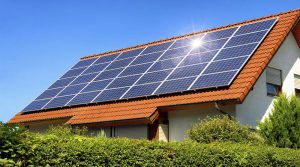
Innovative Technologies for Solar Energy Systems: Enhancing Site Energy Self-Sufficiency
From high-efficiency solar panels to smart tracking systems, the latest technological advances make it possible for sites, whether residential, commercial, or industrial, to achieve substantial energy self-sufficiency.
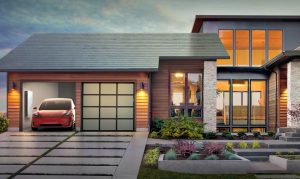
Household Energy Storage All-in-One Machine: How to Choose the Right Storage Capacity
Household energy storage systems are becoming as essential as home appliances, making power outages and energy independence manageable.
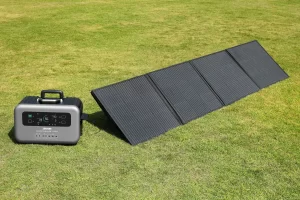
Power Selection Guide: How to Choose the Right Backup Power Supply for Your Home
With unpredictable power outages and an increasing demand for reliable home backup power supplies, choosing the best option for your household is more important than ever.
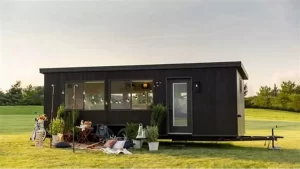
Container Base Station Energy Room: Dual Play of Thermal Management and Efficiency
In today’s rapidly evolving world of energy storage, container-based energy storage solutions have become the backbone of modern power supply infrastructure. These systems are commonly used for communication base stations, smart cities, and power distribution networks, ensuring a stable power supply in edge locations.
